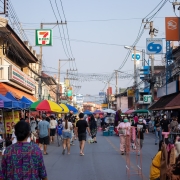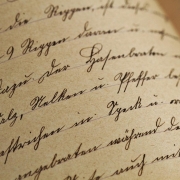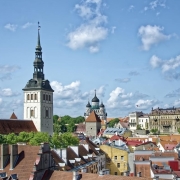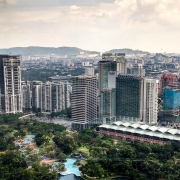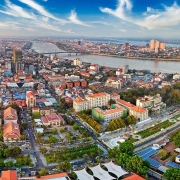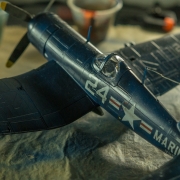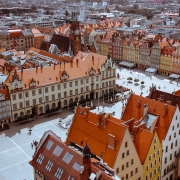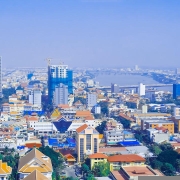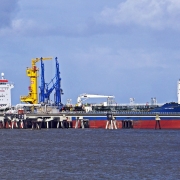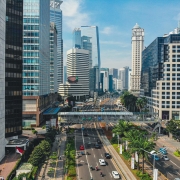What is the Chiang Mai Initiative?
Topic of Study[For H2 History Students]:
Paper 2: Economic Development after Independence
Section B: Essay Writing
Theme II Chapter 2: Asian Financial Crisis
The Asian Financial Crisis: A regional solution
In view of the disastrous impacts caused by the Asian Financial Crisis, member states of the regional organisation ASEAN gathered to discuss the possible responses to mitigate the adverse impacts.
On 6 May 2022, ASEAN, China, Japan and South Korea gathered in Chiang Mai, Thailand, to discuss the creation of a network of bilateral currency swap agreements. The meeting took place as part of the 33rd Annual Meeting of the Board of Governors of the Asian Development Bank (ADB). Participants were described as “ASEAN+3” (APT).
But very soon, particularly in the wake of the Asian financial crisis, the APT evolved into an institutionalized forum of consultation and cooperation between ASEAN and three Northeast Asian powers over a growing range of regional issues, including economic cooperation, financial and monetary cooperation, social and human resource development, scientific and technical development, culture, information, development, political and security areas, and various transnational issues.
An excerpt from “The Politics of Economic Regionalism: Explaining Regional Economic Integration in East Asia” by Kevin G. Cai.
The Chiang Mai Initiative (CMI)
The Initiative was introduced to avert a similar disaster. The ASEAN+3 members also proposed the creation of a pool of foreign exchange reserves, which will be accessible by participating central banks to stave off currency speculation.
A most important achievement of the APT in the wake of the Asian financial crisis seemed to be the introduction of the Chiang Mai initiative (CMI) in 2000, which led to the establishment of a system of 15 bilateral currency swap arrangements among APT member states plus ASEAN swap arrangement that was designed to improve regional financial stability. Efforts were then made to multilateralize the CMI by converting bilateral swap arrangements into a common funding pool of foreign exchange reserves.
An excerpt from “The Politics of Economic Regionalism: Explaining Regional Economic Integration in East Asia” by Kevin G. Cai.
The APT conference had officiated the “Asian Currency Cooperation Plan”, which functioned on two paths. First, a currency exchange agreement was developed to allow the exchange of financial information. Second, a supervising institution was set up to prevent possible currency crises through close coordination between central banks of partner nations.
The present exchange agreement implies, in fact, that Japan works as the supplier of currency in international exchange. Japan and Korea can mutually exchange $7 billion in dollar-Korean won; Japan and Thailand signed a U.S. dollar-baht exchange agreement worth $3 billion; Japan and the Philippines reached an agreement worth $3 billion; Japan and Malaysia reached agreement to exchange $3.5 billion;
An excerpt from “Co-design for a New East Asia After the Crisis” by Hitoshi Hirakawa and Young-Ho Kim.
What can we learn from this article?
Consider the following question:
– Assess the view that Southeast Asian governments were effective in their responses to the 1997 Asian Financial Crisis.
Join our JC History Tuition to learn more about Asian Financial Crisis. The H2 and H1 History Tuition feature online discussion and writing practices to enhance your knowledge application skills. Get useful study notes and clarify your doubts on the subject with the tutor. You can also follow our Telegram Channel to get useful updates.
We have other JC tuition classes, such as JC Math Tuition and JC Chemistry Tuition. For Secondary Tuition, we provide Secondary English Tuition, Secondary Math tuition, Secondary Chemistry Tuition, Social Studies Tuition, Geography, History Tuition and Secondary Economics Tuition. For Primary Tuition, we have Primary English, Math and Science Tuition. Call 9658 5789 to find out more.

